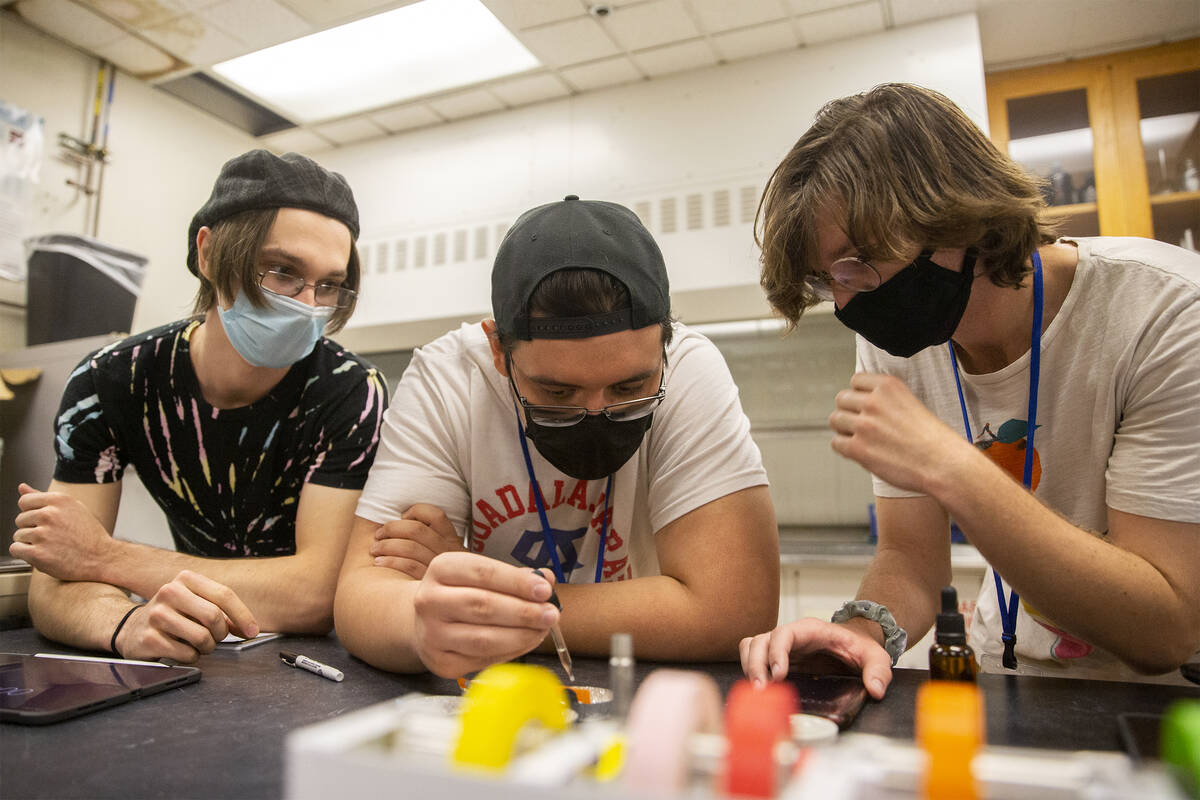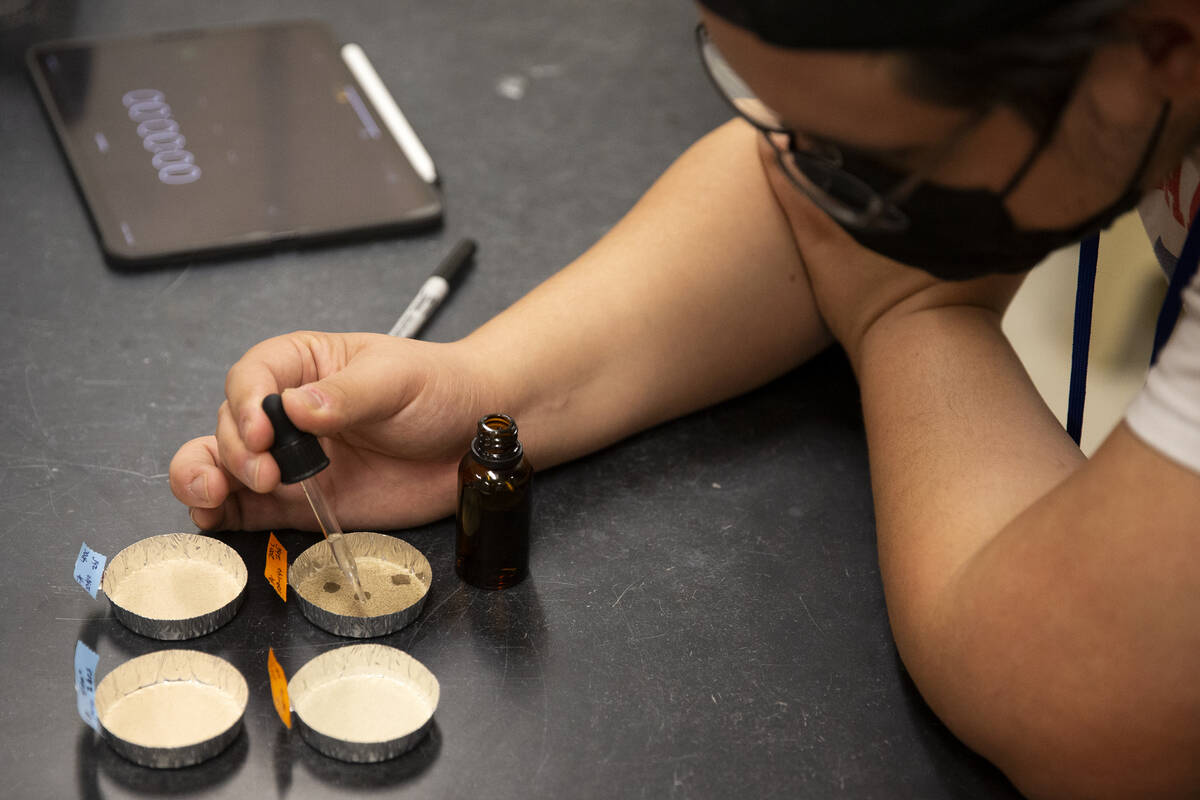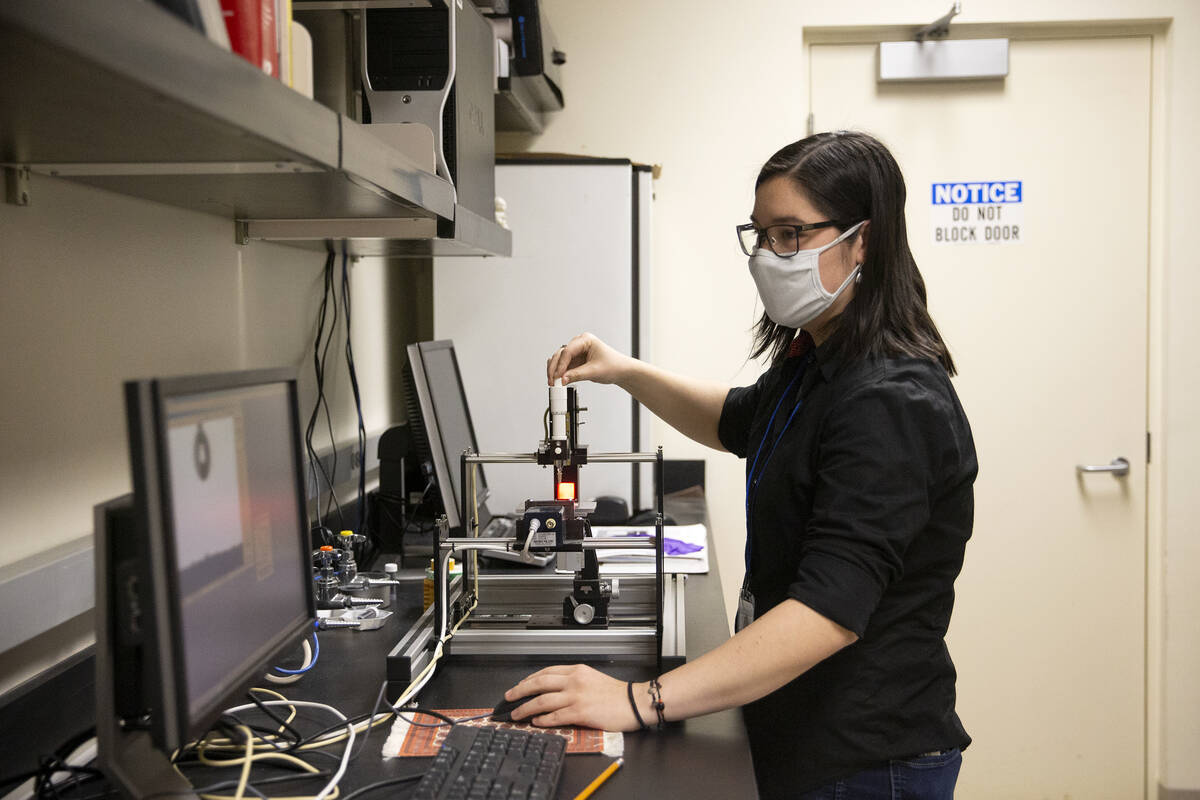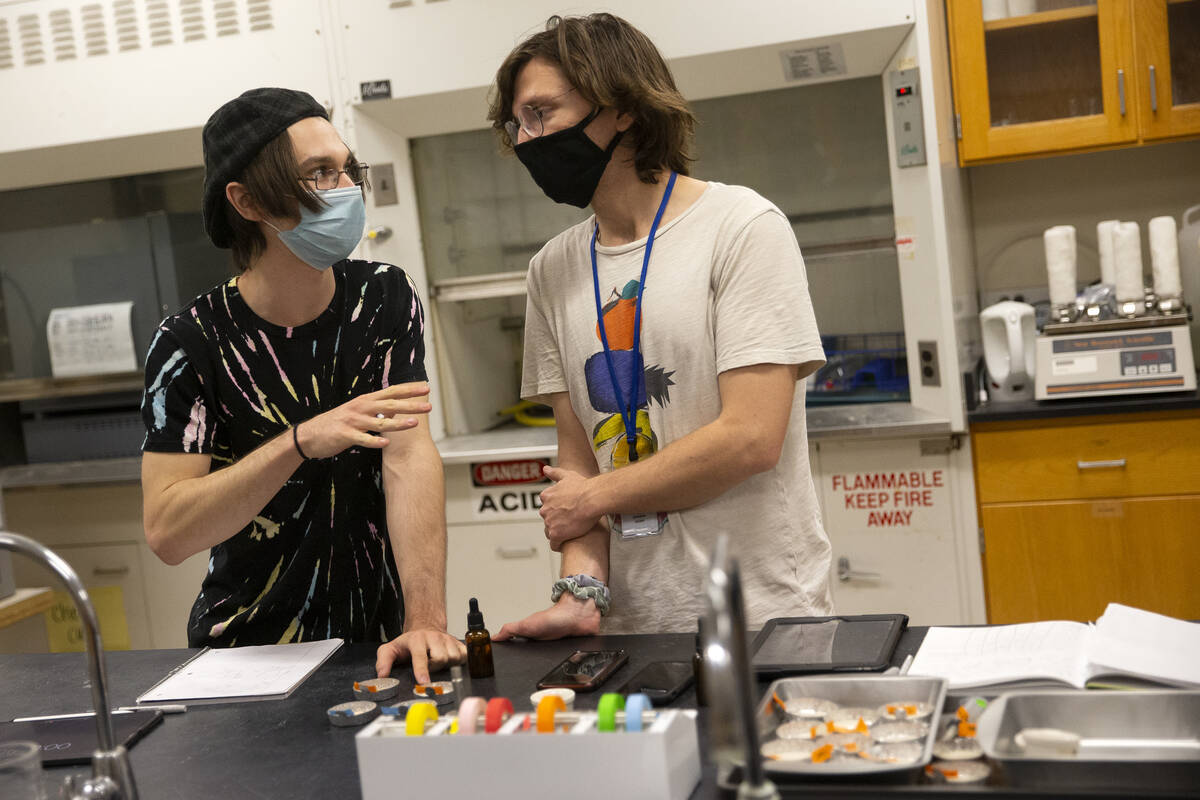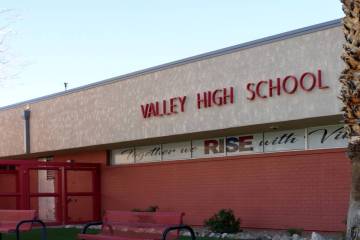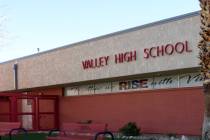New internship pairs college students with DRI researchers
Nevada State College senior Zimri Mena never imagined doing environmental research, but an internship this fall at Desert Research Institute opened his eyes to new career possibilities.
Mena was one of 14 students statewide who participated in a new 16-week paid internship program at the institute, the nonprofit research arm of the Nevada System of Higher Education.
The internship, which began in September, provided Mena with an opportunity to gain more lab experience and engage in research with real-world applications.
“It just opens the door for you,” said Mena, who had previously planned to pursue a career in biomedical research but is now considering environmental research instead.
Meghan Collins, education program manager at the institute, said interns commit to spending about eight hours a week on a project.
‘Immersive experiential learning’
“As an educator who works very closely with scientists, I can see the value of immersive experiential learning every day,” Collins said. “We wanted to open up that opportunity for students.”
Intern teams delved into topics such as floral superblooms, water security in Native American communities, the effects of wildfire on soils, microplastics and the health challenges of obesity.
The goal was career discovery and building a foundation of skills, Collins said.
On a Friday afternoon this fall, Mena worked alongside fellow interns Kendrick Seeber and Adam Hackbarth — also students at Nevada State College — conducting tests in a lab at Desert Research Institute’s Las Vegas campus.
The trio visited the campus once a week to work on their project about the effects of wildfire on soils. They worked under mentor Markus Berli, an associate research professor of environmental physics at the institute.
Students tested soils for “water repellency at different temperatures and levels of organic matter,” according to a project description on the institute’s website.
Berli said his student interns were extremely motivated and smart, noting they grasped concepts quickly. He said he hoped they came away from the internship with a sense of what it means to be a scientist.
Five teams of students, each of which has two to four students, worked on a project that aligns with a faculty member’s area of expertise.
Students hailed from Nevada State College; University of Nevada, Reno; Truckee Meadows Community College in Reno; and Great Basin College in Elko.
Of the five teams last semester, two worked completely remotely, which enabled students in rural areas to participate, Collins said. They connected with their mentor and teammates by phone or video conferencing.
Filling an undergrad gap
The institute’s internship program is geared toward first- and second-year college students, although some older students participated.
That’s because higher education research opportunities are often for upper-level undergraduate or graduate students, Collins said, noting the state’s higher education system and the institute are working to fill the gap.
Desert Research Institute, which opened in 1959, is part of the Nevada System of Higher Education and has campuses in Las Vegas and Reno.
Something else that makes the internship program different than others: About one-third of the program is dedicated to training, Collins said.
Students aren’t expected to have any prerequisites, and they learn the skills they need for their projects as they go.
Students work in teams, and that simulates a workplace environment where they have the support of their peers and a mentor, Collins said.
The new internship program is an amazing opportunity for the institute as well as the students, helping it build a pipeline of future talent for the institute, said Berli, the environmental physics professor.
Contact Julie Wootton-Greener at jgreener@reviewjournal.com or 702-387-2921. Follow @julieswootton on Twitter.



